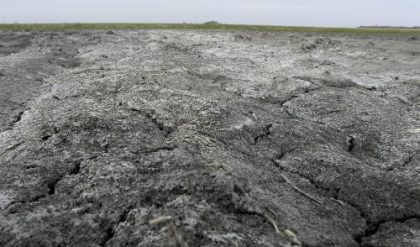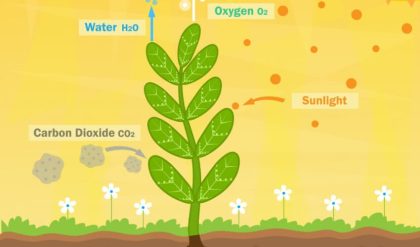The look and feel of a soil is referred to as SOIL TEXTURE and is determined by the size and type of particles that make up the soil (including the organic but mostly referring to the inorganic material).
The size of the ex-rock pieces (now the inorganic soil particles) varies substantially, from large bits of gravel to much, much smaller clay pieces. How you refer to the soil particles is actually based on their size:
· Gravel – particles greater than 2 mm in diameter
· Coarse sand – particles less than 2 mm and greater than 0.2 mm in diameter
· Fine sand – particles between 0.2 mm and 0.02 mm in diameter
· Silt – particles between 0.02 mm and 0.002 mm in diameter
· Clay – particles less than 0.002 mm in diameter

Sandy Soils
Sand particles are LARGE = small surface area. Therefore:
· Sand drains easily = POOR ABILITY TO RETAIN MOISTURE
· Little chemical activity = LITTLE NUTRIENT BONDING
Silt Soils
Silt particles = limited surface area
· Little chemical activity = LITTLE NUTRIENT BONDING
· May compact under heavy traffic = poor air and water movement
Clay Soils
Clay particles are SMALL = large surface area. Therefore:
· Water adheres very well to clay = HIGH ABILITY TO RETAIN MOISTURE (however, this water can be hard even impossible for the plant to use).
· Very chemically active = GOOD NUTRIENT BONDING
Rather than being one type or the other, most soils are a combination of sand, silt and clay.

How can I tell what my soil texture is?
To work out what your soil is made up of, put some into a jar of water, shake it up and let it settle out.
The sand and large particles fall to the bottom first. Mark this level with a texta.
Leave the jar for a few hours, check it again, this new level is the silt component. Mark this layer.
Now leave the jar undisturbed for 24 hours. When the water is clear, mark the top layer which will show you the clay content.
From the 3 marks on your jar you can work out the percentage of Sand to Silt to Clay and using the chart below – you can classify your soil.









Comments are closed.